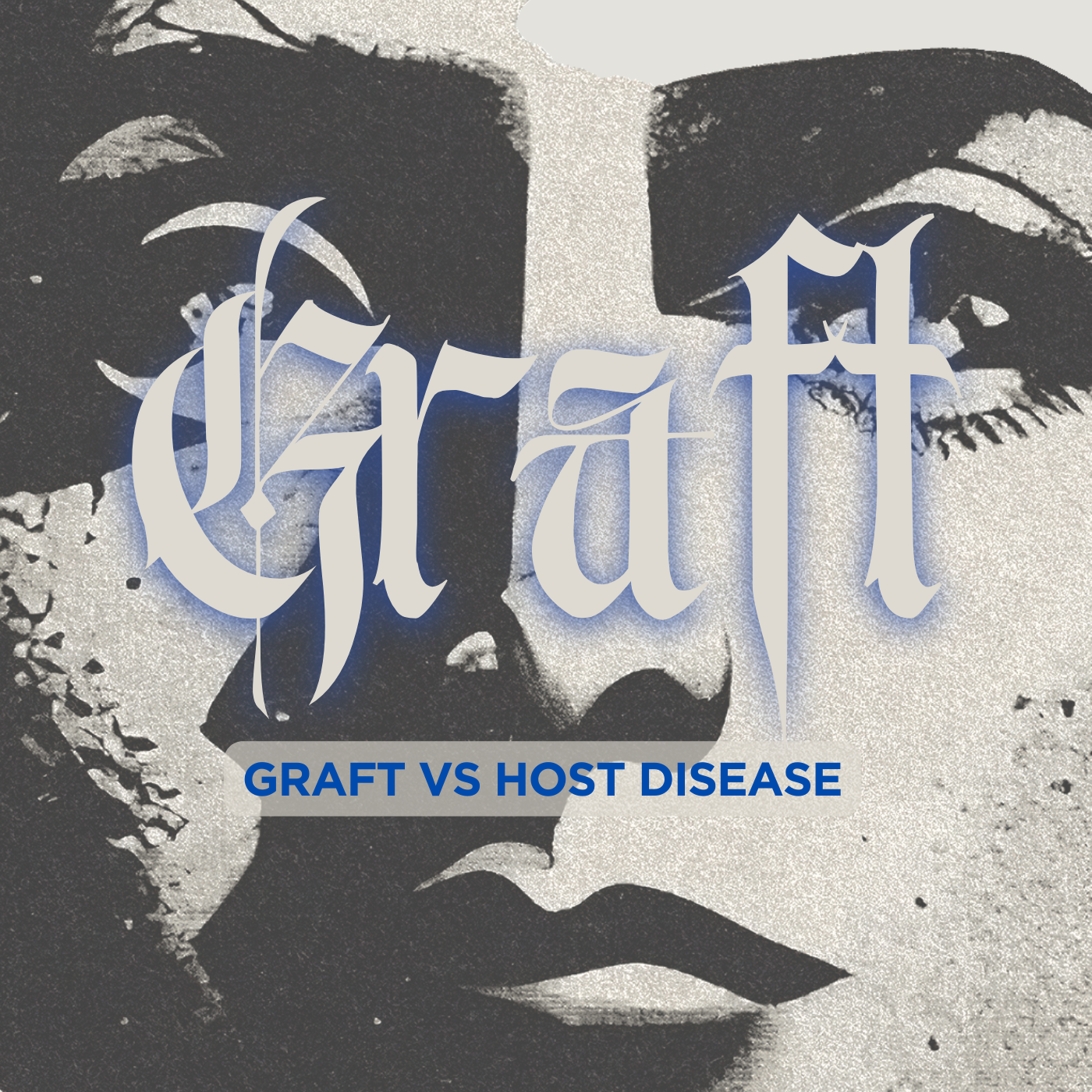Baruch Samuel Blumberg (1925 – 2011), aka Barry Blumberg, was an American physician, geneticist, co-recipient of the 1976 Nobel Prize in Physiology or Medicine (with Daniel Carleton Gajdusek), for his work on the hepatitis B virus. He was also the first director of NASA Astrobiology Institute.
He was also president of the American Philosophical Society from 2005 until his death. Blumberg and Gajdusek received the Nobel Prize for discovering “new mechanisms for the origin and dissemination of infectious diseases.” Blumberg identified the hepatitis B virus, and later develo
Wolf Szmuness, epidemiologist and former roommate of a future Pope John Paul II, is named in an AIDS origin theory involving his hepatitis B vaccine trials
Wolf Szmuness (1919 – 1982) was a Polish-born epidemiologist who emigrated to and worked in the United States. He conducted research at the New York Blood Center and, from 1973, he was director of the Center’s epidemiology laboratory. He designed and conducted the trials for the first
Marx SO, Reiken S, Hisamatsu Y, Gaburjakova M, Gaburjakova J, Yang YM, Rosemblit N, Marks AR. Phosphorylation-dependent regulation of ryanodine receptors: a novel role for leucine/isoleucine zippers. J Cell Biol. 2001 May 14;153(4):699-708. doi: 10.1083/jcb.153.4.699. PMID: 11352932; PMCID: PMC2192391.
Abstract Ryanodine receptors (RyRs), intracellular calcium release channels required for cardiac and skeletal muscle contraction, are macromolecular complexes that include kinases and phosphatases. Phosphorylation/dephosphorylation plays a key role in regulating the function of many ion channels, in
In the case of GVHD, maculopapular rash may progress to a condition similar to toxic epidermal necrolysis (TEN)
Together with Stevens–Johnson syndrome (SJS) it forms a spectrum of disease, with TEN being more severe. Early symptoms include fever and flu-like symptoms. A few days later the skin begins to blister and peel forming painful raw areas. Mucous membranes, such as the m
Erich Traub (1906 – 1985) German veterinarian, scientist and virologist who specialized in foot-and-mouth disease, Rinderpest and Newcastle disease
Erich Traub worked directly for Heinrich Himmler, head of the Schutzstaffel (SS), as the lab chief of the Nazis’ leading bio-weapons facility on Riems Island. Note: Riems is home to the oldest virological research institution in the world, now called the Friedrich Loeffler
Ommochrome (visual pigment) and Kynurenine (a metabolite of the amino acid l-tryptophan used in the production of niacin)
Ommochrome (or visual pigment) refers to several biological pigments that occur in the eyes of crustaceans and insects. The eye color is determined by the ommochromes. Ommochromes are also found in the chromatophores of cephalopods, and in&
Streptomyces is the largest antibiotic-producing genus, producing antibacterial, antifungal, and antiparasitic drugs, and also a wide range of other bioactive compounds, such as immunosuppressants.
Streptomyces is the largest genus of Actinomycetota, and the type genus of the family Streptomycetaceae. Over 700 species of Streptomyces bacteria have been described. As with the other Actinomycetota, streptomycetes are gram-positive, and have very large genomes with high GC content.
Sterol carrier proteins (aka nonspecific lipid transfer proteins)
These proteins are different from plant nonspecific lipid transfer proteins but structurally similar to small proteins of unknown function from Thermus thermophilus. This domain is involved in binding sterols. The human sterol carrier protein 2 (SCP2) is a basic protein that is believed to part
A two-dimensional female figure/nurse made of mixed media holding a limp horizontal figure made of a tube of zinc white paint with arms on a textile background bearing the letters ‘SIDA’ in each corner; advertising the danger of AIDS. Colour lithograph [by Eduardo Ponjuán and René Francisco], ca. 1995
Notes By multi-media Cuban-born artists Eduardo Ponjuán and René Francisco who work together according to similar poster found on http://fons.upv.es – Figure’s skirt is edged with a wooden ruler and outlined with rope forms;; her arms are painted and chalked to create a two-tone effect
HLA-B major histocompatibility complex, class I, B
HLA-B (major histocompatibility complex, class I, B) is a human gene that provides instructions for making a protein that plays a critical role in the immune system. HLA-B is part of a family of genes called the human leukocyte antigen (HLA) complex. The
HLA-A
Further information: Human leukocyte antigen and History and naming of human leukocyte antigens HLA-A is a group of human leukocyte antigens (HLA) that are encoded by the HLA-A locus, which is located at human chromosome 6p21.3.[1] HLA is a major histocompatibility complex (MHC) antigen sp






